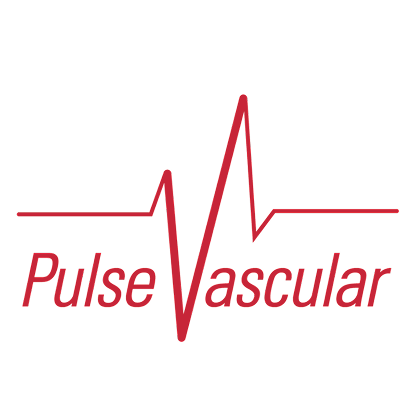End Stage Renal Disease (Dialysis)
Dialysis Specialist in New Jersey
Things You Need to Know About Renal Failure and Dialysis
Dialysis is a process used to treat patients whose kidneys are no longer working properly. It involves a special machine and tubing that removes blood from the body, cleanses it of waste and extra fluid and then returns it back to the body.
To undergo dialysis, a physician first creates access to a patient’s blood vessel using one of three methods:
- A Fistula, which is made by joining together an artery and vein to make a bigger high-flow blood vessel.
- A Graft, in which a soft plastic tube is placed between an artery and a vein, creating an artificial high-flow blood vessel.
- Catheter access, in which a narrow plastic tube is inserted into a large vein in the neck or groin.
Additional Information
When fistulas and grafts become clogged or narrowed, which can prevent a patient from undergoing successful dialysis, interventional radiologists use image-guided interventions to solve the problem:
Catheter-directed thrombolysis, which dissolves blood clots that build up in fistulas and grafts by injecting a medicine.
Angioplasty and stenting, which uses mechanical devices, such as a balloon, to open fistulas and grafts and helps them remain open with a small implantable wire mesh tube called a stent.
Take a look at the common risks, predispositions, and signs/symptoms, then read up on some of the testing and procedures the Pulse Vascular Specialists can perform for you using comfortable,minimally invasive, state-of-the-art equipment and techniques:
Causes
-
Heart Attack
-
Infection
-
Use of some pain relievers (like aspirin and ibuprofen)
-
Kidney Inflammation
-
Severe Burns
-
Dehydration
-
Anaphylaxis
Risk Factors
- Smoking
- Aging (most common over the age of 50)
- Obesity
- Race (more prevalent in Hispanics and African Americans)
- Excess exposure to some toxins
Predispositions
- Diabetes
- Hypertension (high blood pressure)
- Existing Heart Disease
-
Kidney Disease
-
Liver Disease
-
Peripheral Arterial Disease (PAD)
-
Sickle Cell disease
-
Excess Blood Cholesterol
-
Lupus and other autoimmune disorders
Disease Symptoms
-
Confusion
-
Lethargy
-
Shortness of breath
-
Blood in the urine
-
Anemia
-
Insomnia
-
Fatigue
-
Edema of the arms (swelling)
-
Prolonged Bleeding
-
Increase Pressures at Dialysis
-
Acute or Chronic Thrombosis
-
Reduced Quality of Dialysis
-
Difficult Cannulation Central Venous Occlusion (CVO)
-
Maturation Difficulty
Treatments
Angioplasty and Stenting
Thrombolysis or Thrombectomy
Recent Articles

Balance Diabetes Challenge
November is Diabetes Awareness Month. According to the American Diabetes Association, 645,000 (9.2% of the population) New Jersey adults have been diagnosed with diabetes. Each year an additional 53,000 New Jersey adults are diagnosed with diabetes. While...

GAE reduces Knee Pain
Understanding Knee Pain and How GAE Can Help Knee pain can make everyday tasks—like walking, climbing stairs, or even sleeping—feel like a challenge. If you’ve been told you have arthritis or osteoarthritis in your knees, you’re not alone. Millions of people...

Link Between Chronic Disease and Peripheral Vascular Disease
What Is peripheral arterial disease (PAD), and Why Should You Care? The association of chronic disease with PAD: Peripheral Arterial Disease (PAD) is a condition that affects blood flow to your legs and feet. It happens when your arteries become narrowed or blocked,...
